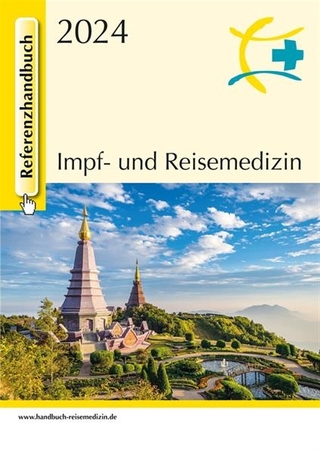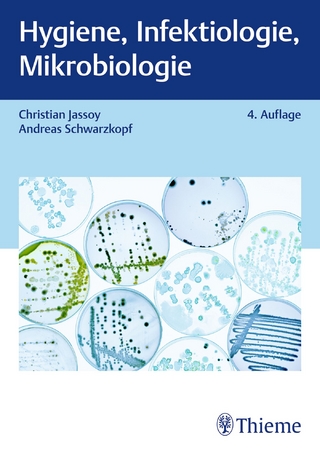
Targeting Biofilms in Translational Research, Device Development, and Industrial Sectors
Springer International Publishing (Verlag)
978-3-030-30666-3 (ISBN)
This comprehensive book is indispensable for industrial and academic translational researchers, device developers, and regulatory experts looking to create more effective antimicrobial products.
Dustin L. Williams has developed translational animal models of biofilm-related infection to mimic clinical scenarios, such as open fractures, wherein biofilms from natural sources (e.g. soil) may be initial contaminants of a wound site. He is a founding member of three companies that have been launched out of the University of Utah; each focusing on anti-biofilm technologies. In 2016, he became the Director of the Bone and Joint Research Lab located in the Department of Veterans Affairs in Salt Lake City, UT. Dustin and his team manage research programs that span biofilm-related infections, osseointegration, bone pathologies such as heterotopic ossification, and specialize in hard plastic embedment for histological analysis.
Overview and data in biofilm sectors: why targeting biofilms is necessary, Dustin Williams
Impact of biofilms in orthopaedics as they relate to regulatory requirements and needs to be met, David Armbruster, MS, MSE, R&D Group Manager, DePuy Synthes
Clinical problems of biofilm implant-related infection and methods/need to target biofilms in patients, Javad Parvizi, MD, Professor of Orthopaedic Surgery, Rothman Institute at Thomas Jefferson University Hospital
Impact of biofilms in catheter systems and regulatory considerations,
Bryan Haymond, MBA, Product Manager, Bard Access Systems
Potential benefits of targeting biofilms in wound-related and other tissue infections, Garth James, PhD, Associate Research Professor, Center for Biofilm Engineering, Montana State University
Biofilms, prevalence and problems related to injured soldiers and military healthcare facilities, COL Clinton K. Murray, MD, FACP, FIDSA, Colonel, US Army
FDA insight into the biofilm problem and regulatory management strategy for medical devices, K. Scott Phillips, PhD, Biofilms Research Group Leader, The US FDA and CDR US Public Health Service
Benefits of standardizing approaches to assessing antimicrobial efficacies against biofilms for industrial applications, Darla Goeres, PhD, Associate Research Professor, Chemical & Biological Engineering, Standards Biofilm Methods Laboratory, Center for Biofilm Engineering, Montana State University
EPA insight in the biofilm problem and regulatory management strategy for industrial sectors, Steve Tomasino, PhD, Senior Scientist, Environmental Protection Agency
| Erscheinungsdatum | 17.11.2019 |
|---|---|
| Zusatzinfo | XVII, 162 p. 21 illus., 18 illus. in color. |
| Verlagsort | Cham |
| Sprache | englisch |
| Maße | 155 x 235 mm |
| Gewicht | 442 g |
| Themenwelt | Medizin / Pharmazie ► Medizinische Fachgebiete ► Mikrobiologie / Infektologie / Reisemedizin |
| Medizin / Pharmazie ► Studium | |
| Naturwissenschaften ► Biologie ► Mikrobiologie / Immunologie | |
| Schlagworte | antimicrobial coatings biofilm • antimicrobial technologies • bacteriology biofilm • biofilm implant infection • biofilms catheter • biofilms in orthopaedics • biofilms military healthcare • clinical biofilm implant infection • data biofilm • FDA biofilm • medical devices biofilms • planktonic bacteria • standards biofilms industrial • targeting biofilms tissue • targeting biofilms wound • targeting biolfilms |
| ISBN-10 | 3-030-30666-6 / 3030306666 |
| ISBN-13 | 978-3-030-30666-3 / 9783030306663 |
| Zustand | Neuware |
| Haben Sie eine Frage zum Produkt? |
aus dem Bereich


